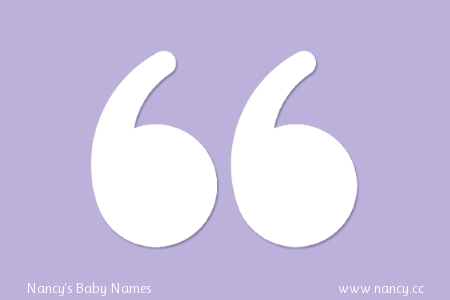Here’s the latest batch of name-related quotes…
From the lighthearted obituary of Lindy Gene Rollins (1928-2022) in the Amarillo Globe-News:
He had a lifelong obsession with airplanes which should not be a surprise since he was named after Charles Lindbergh (Lucky Lindy) the first U.S. pilot credited with making a solo, nonstop transatlantic flight. Lindy went on to take flying lessons after he retired as a diesel mechanic. Thankfully, he was not granted his pilot’s license due to his age and the medications he was on. No one in the family would have been brave enough to ride in an airplane he was piloting anyway!
From the book Game Over: How Nintendo Conquered the World (1999) by David Sheff, an account of the Nintendo of America staff — working out of a warehouse in Washington state — preparing the video game Donkey Kong (1981) for the U.S. market:
They were trying to decide what to call the rotund, red-capped carpenter, when there was a knock on the door.
[Minoru] Arakawa answered it. Standing there was the owner of the warehouse. In front of everyone, he blasted Arakawa because the rent was late. Flustered, Arakawa promised that the money was forthcoming, and the man left.
The landlord’s name was Mario Segali [sic]. “Mario,” they decided. “Super Mario!”
(The landlord’s surname was actually spelled Segale. And, if you’re remembering the video game character as a plumber instead of a carpenter, you’re right — his occupation was changed for later games.)
From Ed Sikov’s 2007 book Dark Victory: The Life of Bette Davis (spotted while doing research for the Stanley Ann post):
Manly names for women were all the rage [in Hollywood movies] in 1941: Hedy Lamarr was a Johnny and a Marvin that year, and the eponymous heroines of Frank Borzage’s Seven Sweethearts were called Victor, Albert, Reggie, Peter, Billie, George, and most outrageous of all, Cornelius.
From “How To Cope With Your Video Game Inspired Name” by Sephiroth Hernandez, whose first name was inspired by the Final Fantasy VII villain:
You need to understand why your parents gave you that name. It’s because they lack common sense. It probably came from playing video games all the time.
[…]
Deep inside, you possess the ability to make more of your name than you think you could. You are cursed of course, but you are blessed with an understanding that few people have. Your name doesn’t define you. You define you. Just love yourself and love others. That’s all I can say.
(Sephiroth has been appearing in the U.S. baby name data since 2004.)
From the footnote of a 1941 Time article about Wyllis Cooper (born Willis Cooper), creator of the late ’40s radio show Quiet, Please!:
He changed his name from Willis to Wyllis to please his wife’s numerological inclinations.
(Incidentally, “Willis” reduces to 3, whereas “Wyllis” reduces to 1.)




